Search
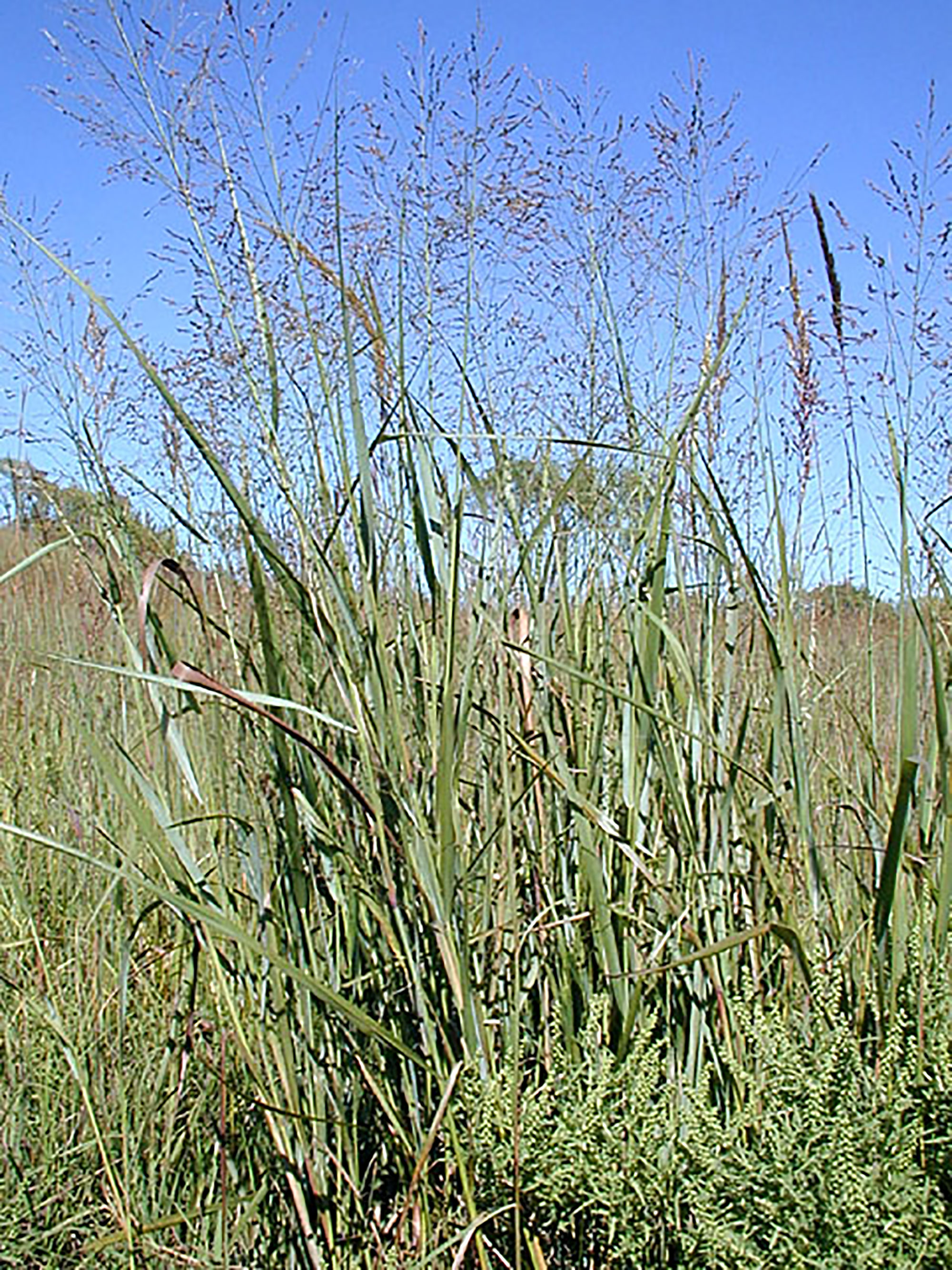
Farm Practices That Improve Soil Health: Planting Switchgrass on Marginal Lands
Switchgrass (Panicum virgatum) is a tall, native, prairie grass that is often seeded on marginal lands in South Dakota. It has gained growing popularity over the past decade not only as a source of biofuel and feed, but also as a method to improve soil properties.
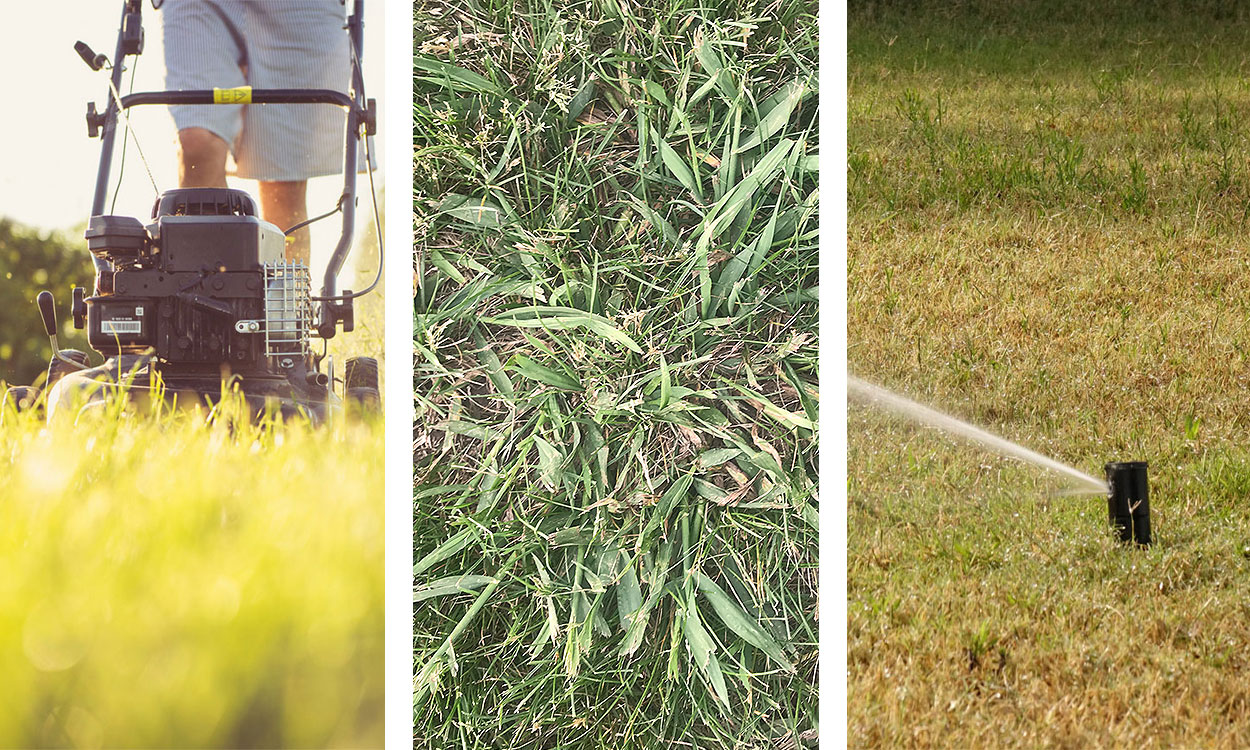
Summer Lawn Care: Mowing, Weed Control and Watering Practices
During a summer of drought, the extreme heat, lack of rainfall and invasion of pests can really take a toll on our turf. Learn some general concepts of summer lawn care and techniques to help your lawn through difficult summer months.
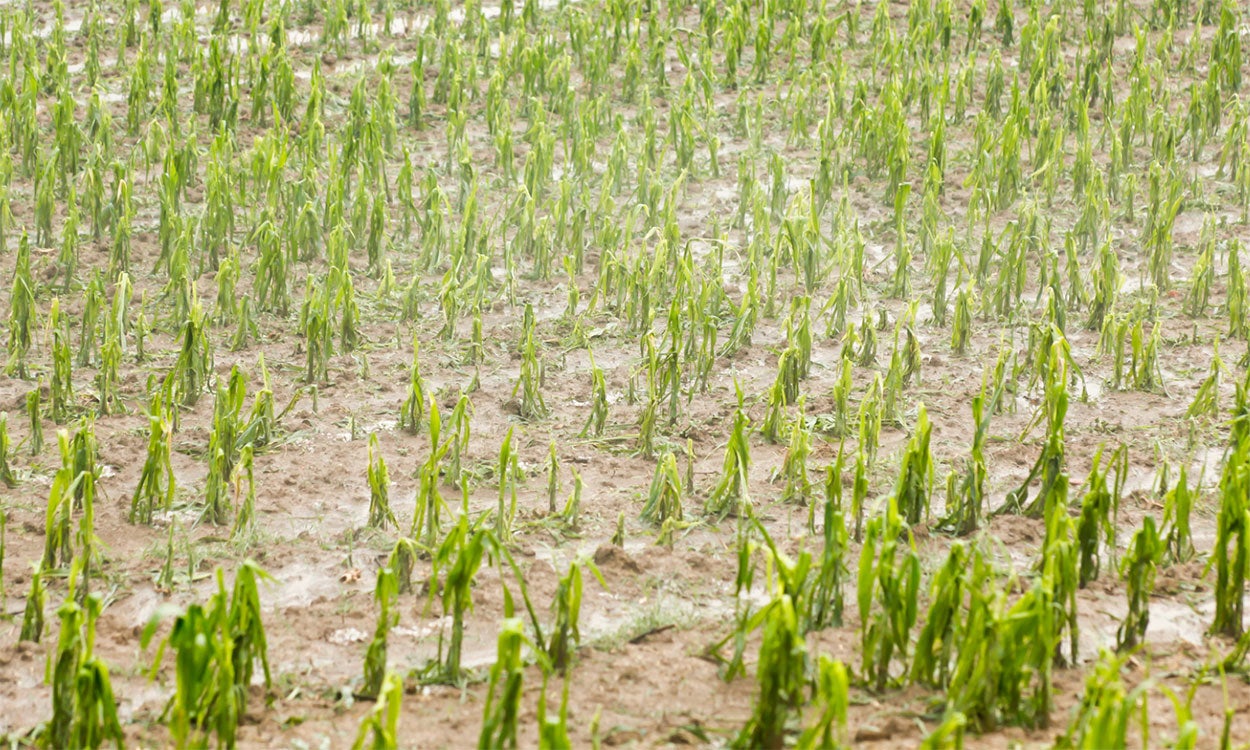
Are Fungicides Needed on Crops Damaged by Wind, Sand Blasting or Hail?
When extreme weather brings hail and sand blasting to fields, many growers wonder if a fungicide application is needed afterwards to protect wounded plants from bacterial diseases.
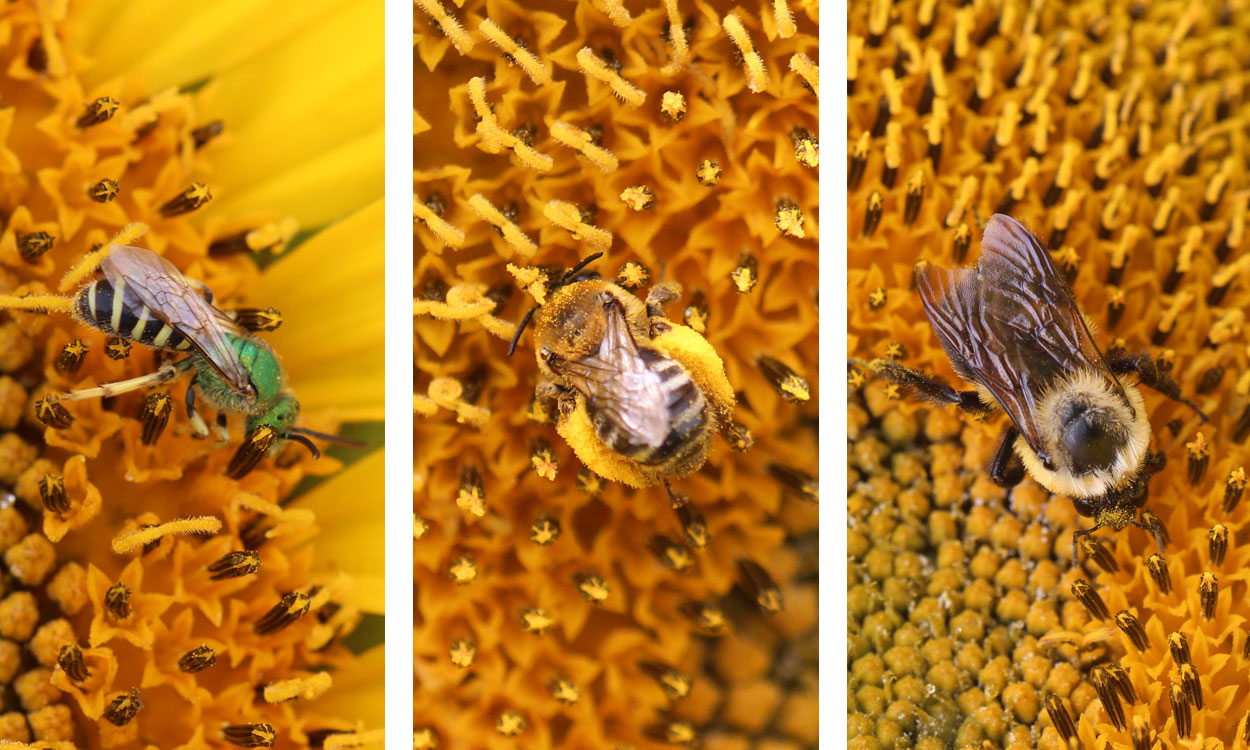
Pollinators Are Active in Sunflower
While scouting sunflowers, it’s hard to not notice the constant buzzing present in the field, which is produced by numerous species of bees. While sunflower varieties grown in the United States were bred for self-fertility, there is evidence that both honey bees and native wild bees can improve pollination.
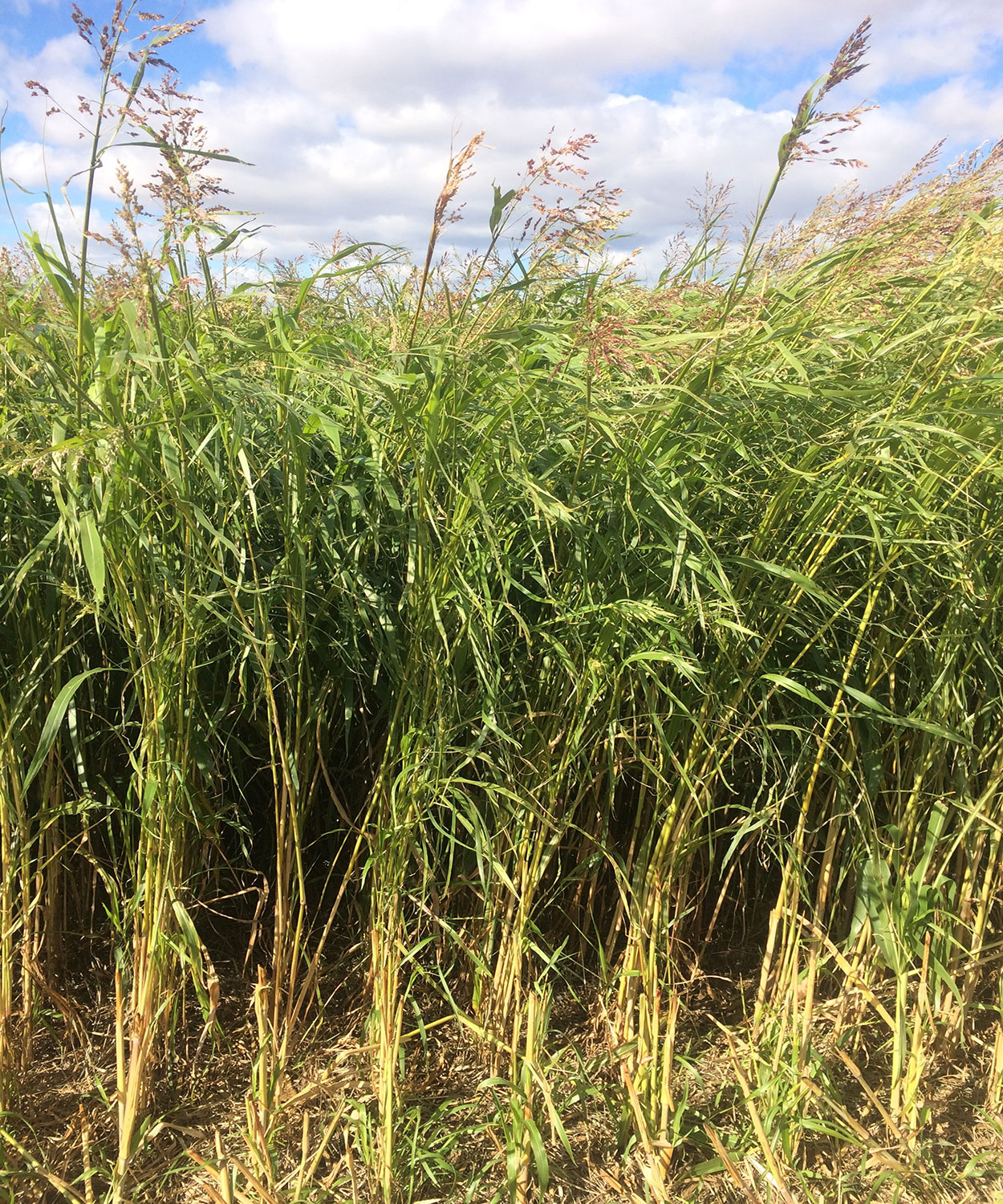
Alternative Forage Options During Dry Times
Although there are many factors to take into consideration, annual forages and cover crops can be an excellent tool to boost forage production, reduce fallow acres, and enhance soil health.
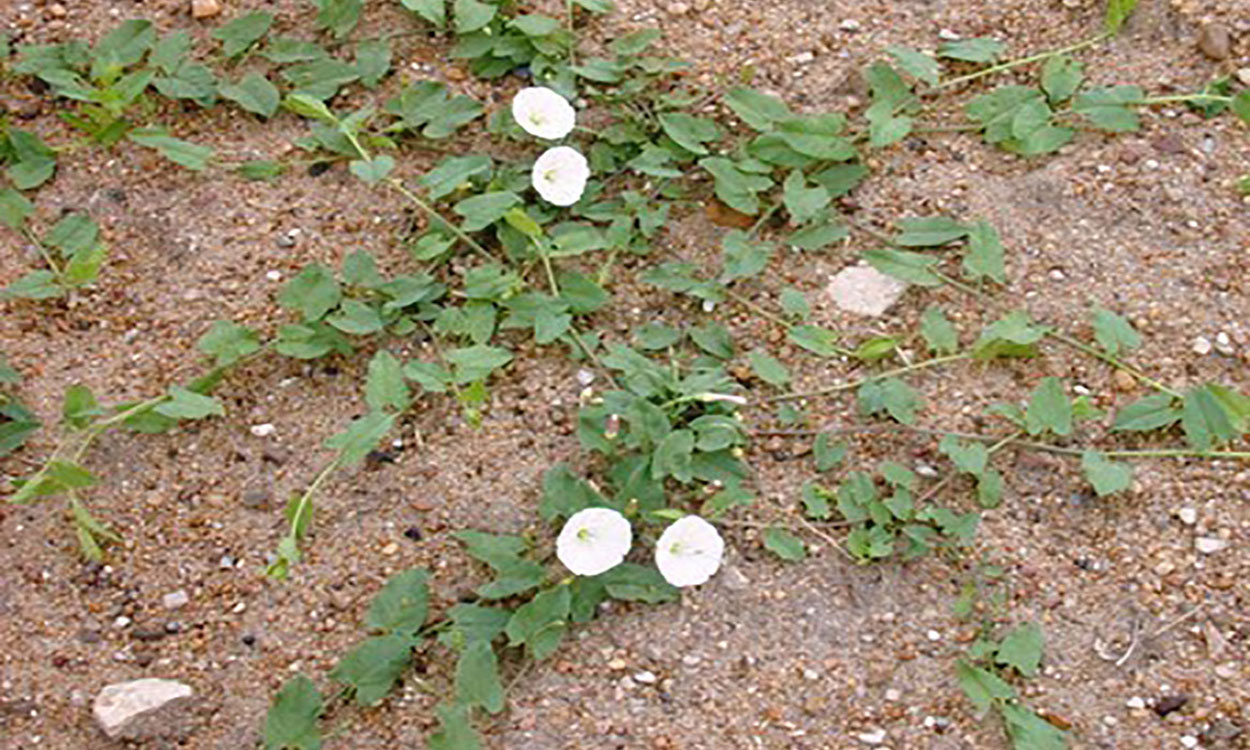
Field Bindweed Control in Yards and Gardens
Field bindweed is one of the most-serious weed problems in South Dakota. Learn some tips for identifying, managing and controlling this invasive weed in your yard and garden before it becomes an issue.
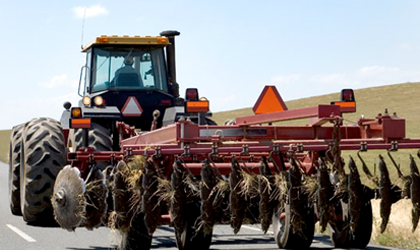
Farm Equipment, Safety on the Road, Everyone’s Role
National Farm Safety Week serves as a safety reminder for those involved in agriculture. During harvest, we will see an increase in farm equipment on the road, including tractors, combines, grain carts, silage choppers and silage trucks.
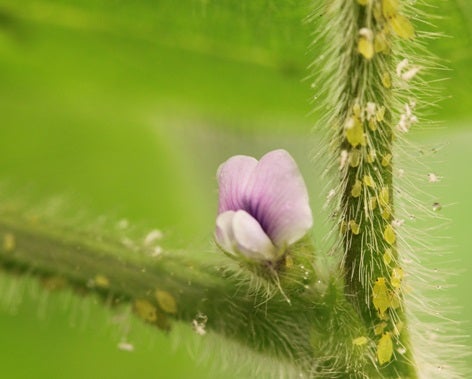
Why the 250 Threshold is Still Appropriate for Soybean Aphids
When gearing up for soybean aphid scouting, it is important to think about the population densities that warrant insecticide management.
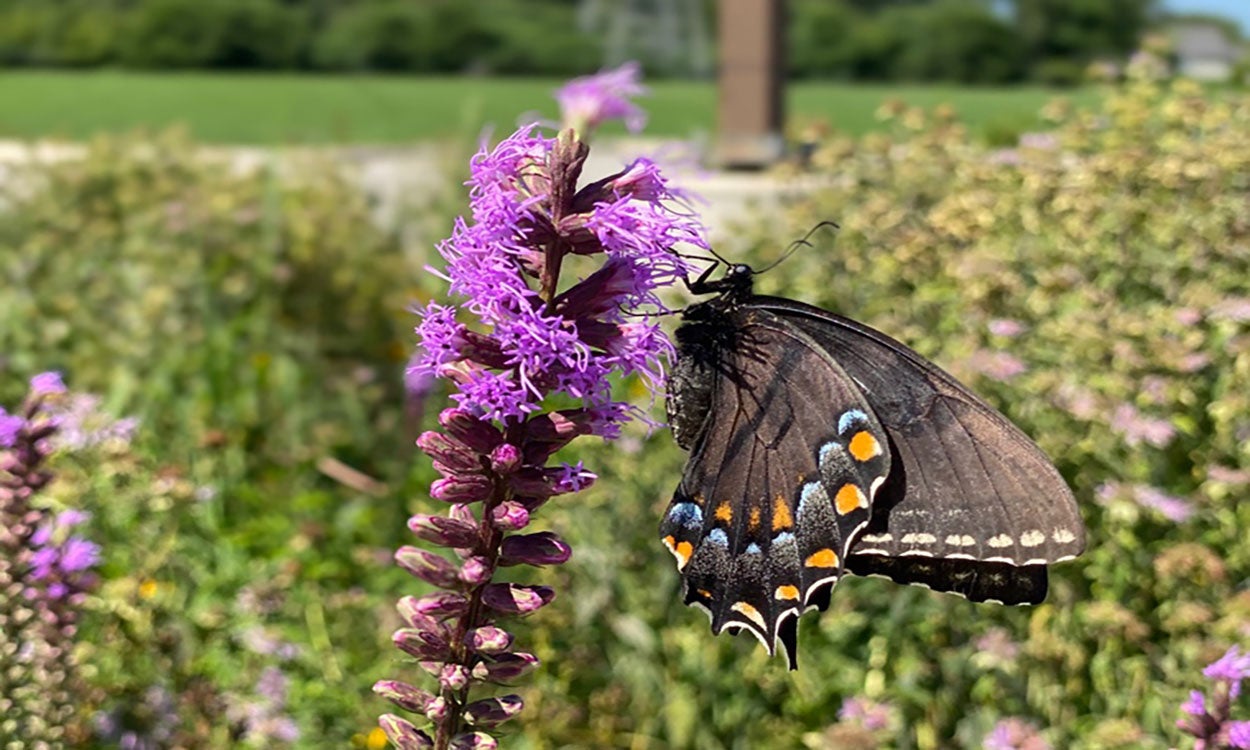
Five Range Management Principles: #3 Ecosystem Biodiversity
Milkweed can help make rangelands a better environment for both cattle and neighboring plants and animals by having a shielding effect on companion plants, preventing erosion and accelerating the decomposition process, whole also providing nectar, habitat and organic material for ecosystem services.
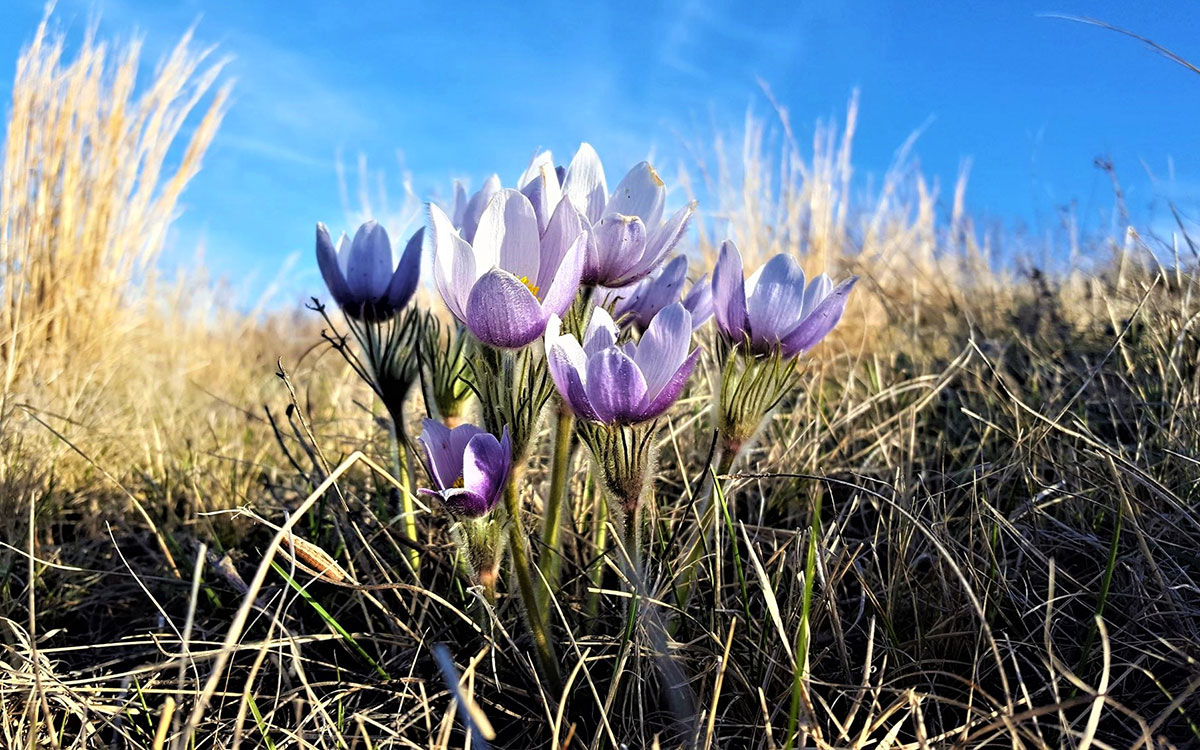
Native Plant Resources for South Dakota
As we continue to see the benefits of growing native plants in cultivated landscapes, finding the right plant for the right place requires the right resources. Learn about some available native plant sources, educational materials, and organizations serving our region.